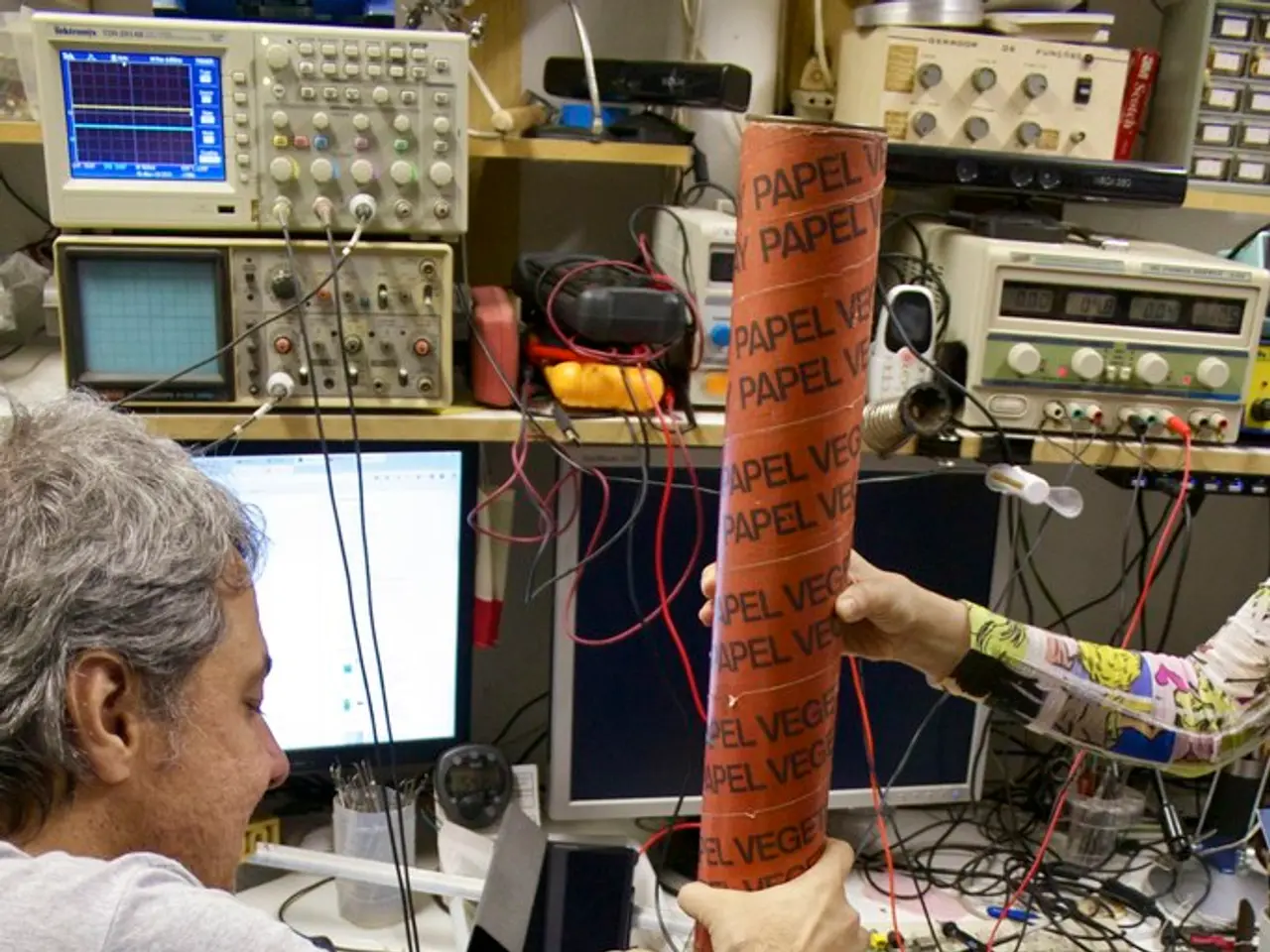Increased use of open plastic burning creates significant health concerns, according to experts
In the wake of China's 2018 ban on the import of plastic waste, vast streams of waste have flowed from industrialized nations to other Asian countries, including Indonesia, Vietnam, and Malaysia. This shift has led to a significant increase in the open burning of plastic waste, particularly in communities and poorer nations worldwide where waste collection and proper disposal are lacking [1][2][5].
The open burning of plastic generates a heavy environmental toxic load, contributing significantly to air pollution and greenhouse gas emissions. The practice emits toxic chemicals like dioxins, furans, polychlorinated biphenyls (PCBs), phthalates, and bisphenol-A (BPA), posing serious risks to public health [1][2][3].
Respiratory and cardiovascular diseases, cancer risks, birth defects, endocrine, reproductive, and neurological system disorders, and increased respiratory illnesses, particularly among vulnerable populations such as children and the elderly, are just some of the health impacts from open plastic burning [1][2][3].
Environmentally, the problem is further compounded by the damage to biodiversity and ecosystems caused by plastic embedding and chemical contamination in agricultural and natural environments. Soil and water contamination due to leaching of plastic additives also threaten groundwater and agricultural soils [1][2].
The scale of the problem is exacerbated by continued overproduction of plastics and the export of plastic waste from developed to developing countries, often lacking adequate waste management infrastructure. This leads to unregulated incineration and burning practices without pollution controls, worsening the environmental health crisis in the Global South [1][5].
International and local experts, NGOs, and advocacy groups warn that the open burning of plastic is an escalating public health threat that is largely under-recognized. There are calls for governments to prohibit all forms of plastic burning and improve waste management systems, while addressing poverty and providing sustainable livelihoods for communities involved in informal waste handling [1][5].
In Guatemala, for instance, a survey of 1,500 households found that 60% of those questioned use waste and plastics in household cooking stoves as fuel, with women and young girls being among the primary respondents [2]. Similarly, in Indonesia, cheap imported plastic is burned as fuel to produce tofu by businesses, and plastic is also burned to provide energy by Indonesia's limestone industry [1].
The onus for resolving the plastic waste problem lies, at least in part, with plastic producers. Extended producer responsibility policies are urgently needed at the international level to ensure that plastic producers take responsibility for the entire lifecycle of their products, including end-of-life management [1].
In conclusion, the open burning of plastic waste is a significant and growing problem in many developing countries, with severe consequences for public health and the environment. It remains a major challenge linked to global plastic production, export, and inadequate waste infrastructure [1][2][3][5].
References: [1] IPEN (2022). Open Burning of Plastic Waste: A Global Crisis. Retrieved from https://www.ipen.org/open-burning-of-plastic-waste-a-global-crisis/ [2] World Health Organization (2022). Air pollution and health. Retrieved from https://www.who.int/news-room/fact-sheets/detail/air-pollution-and-health [3] United Nations Environment Programme (2022). Plastic waste: A global crisis. Retrieved from https://www.unep.org/resources/report/plastic-waste-global-crisis [4] European Union (2022). Waste Shipment Regulation. Retrieved from https://ec.europa.eu/environment/waste/ships/index_en.htm [5] World Bank (2022). Solid waste management in developing countries. Retrieved from https://www.worldbank.org/en/topic/urbanization/brief/solid-waste-management-developing-countries
- The open burning of plastic waste, a global crisis, contributes to air pollution and greenhouse gas emissions, emitting toxic chemicals such as dioxins, furans, PCBs, phthalates, and BPA, posing serious risks to public health and health-and-wellness.
- Environmental-science research indicates that the practice of open burning also causes damage to biodiversity and ecosystems, including soil and water contamination due to leaching of plastic additives, threatening groundwater and agricultural soils, impacting SDG goals for the environment and sustainability.
- In many developing countries, where waste collection and proper disposal are lacking, the burning of plastic waste is a major contributor to climate-change and a public health concern, causing respiratory and cardiovascular diseases, cancer risks, birth defects, and increased illnesses among vulnerable populations like children and the elderly.
- To combat such environmental health crises, international and local experts, NGOs, and advocacy groups call for governments to take action, prohibiting plastic burning, improving waste management systems, addressing poverty, and providing sustainable livelihoods for communities involved in waste handling, while plastic producers must assume responsibility for their products' entire lifecycle with extended producer responsibility policies.




